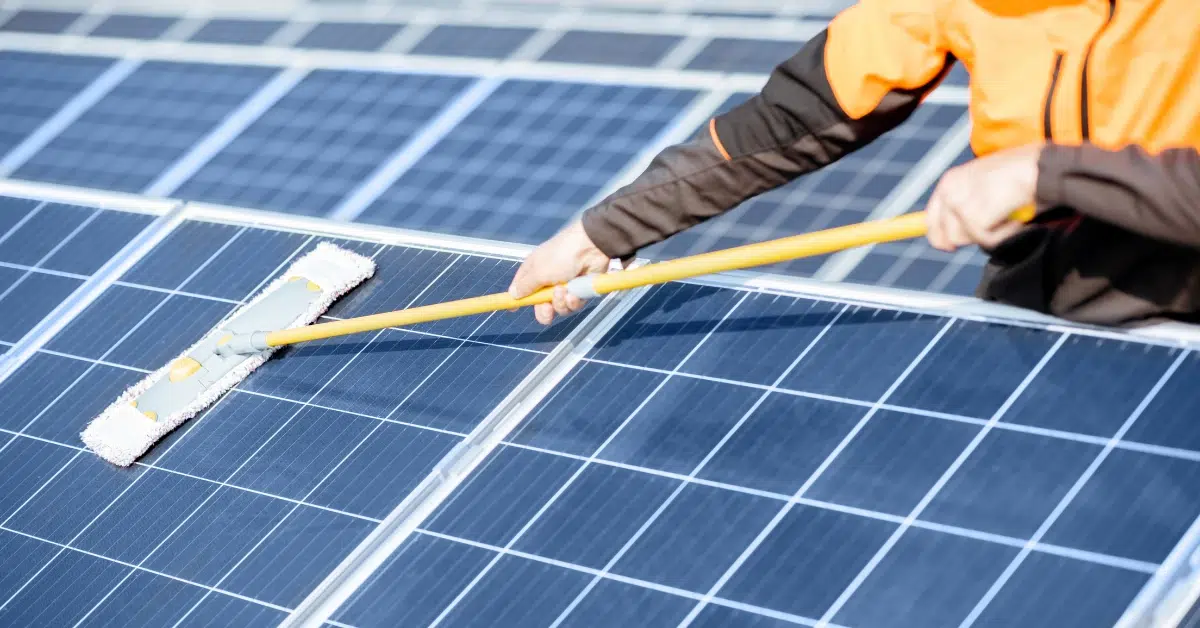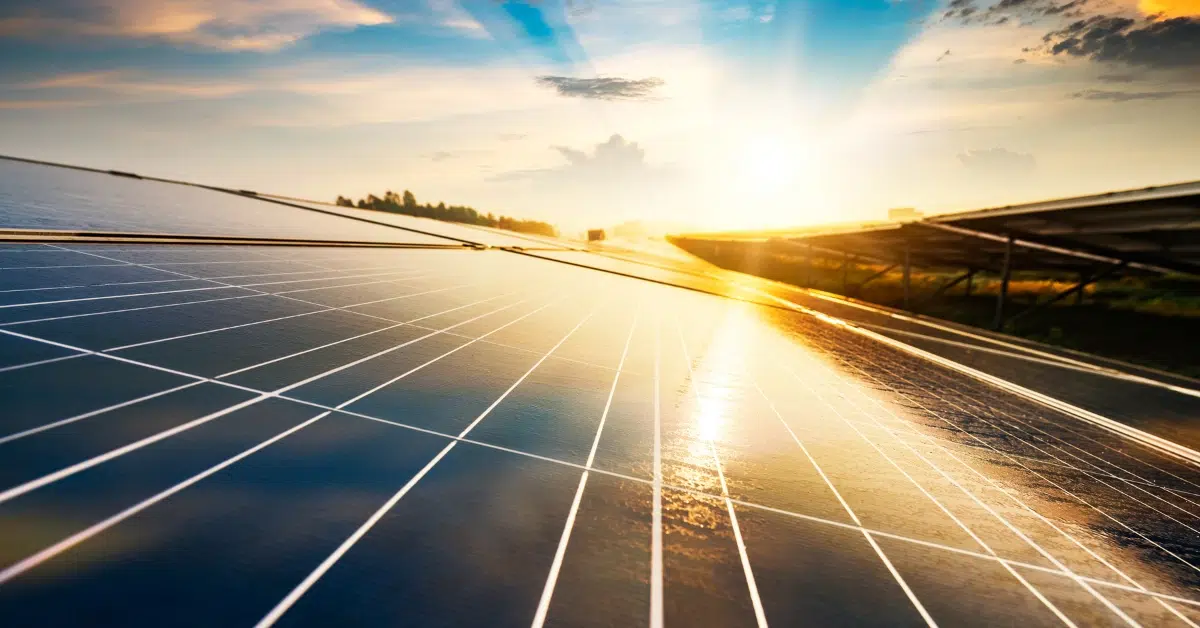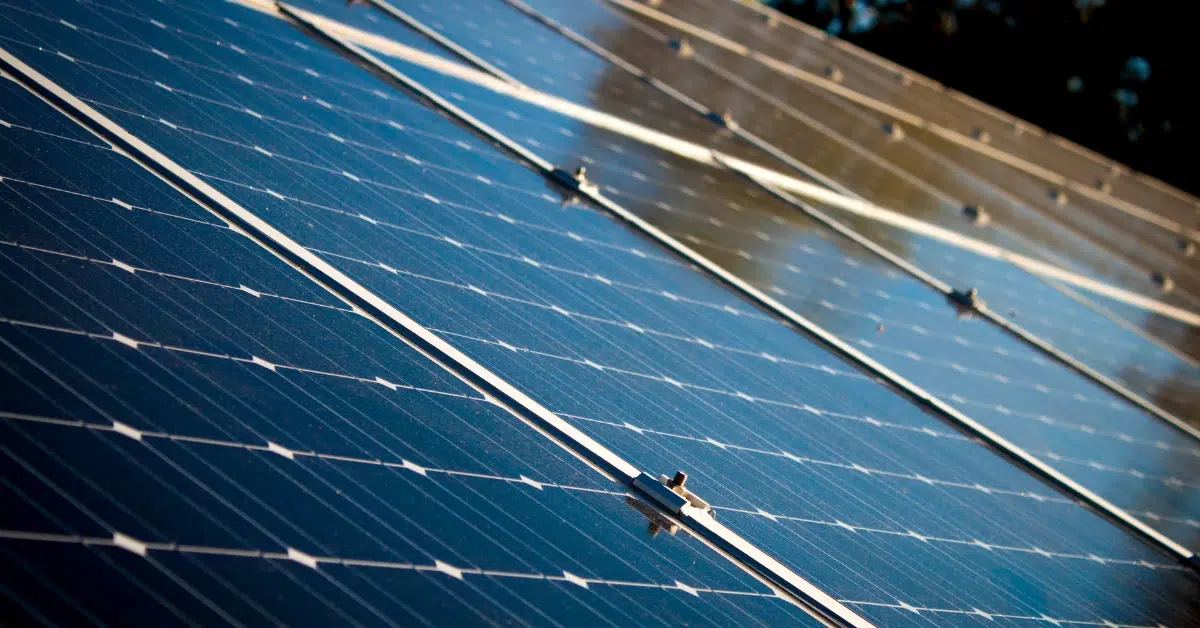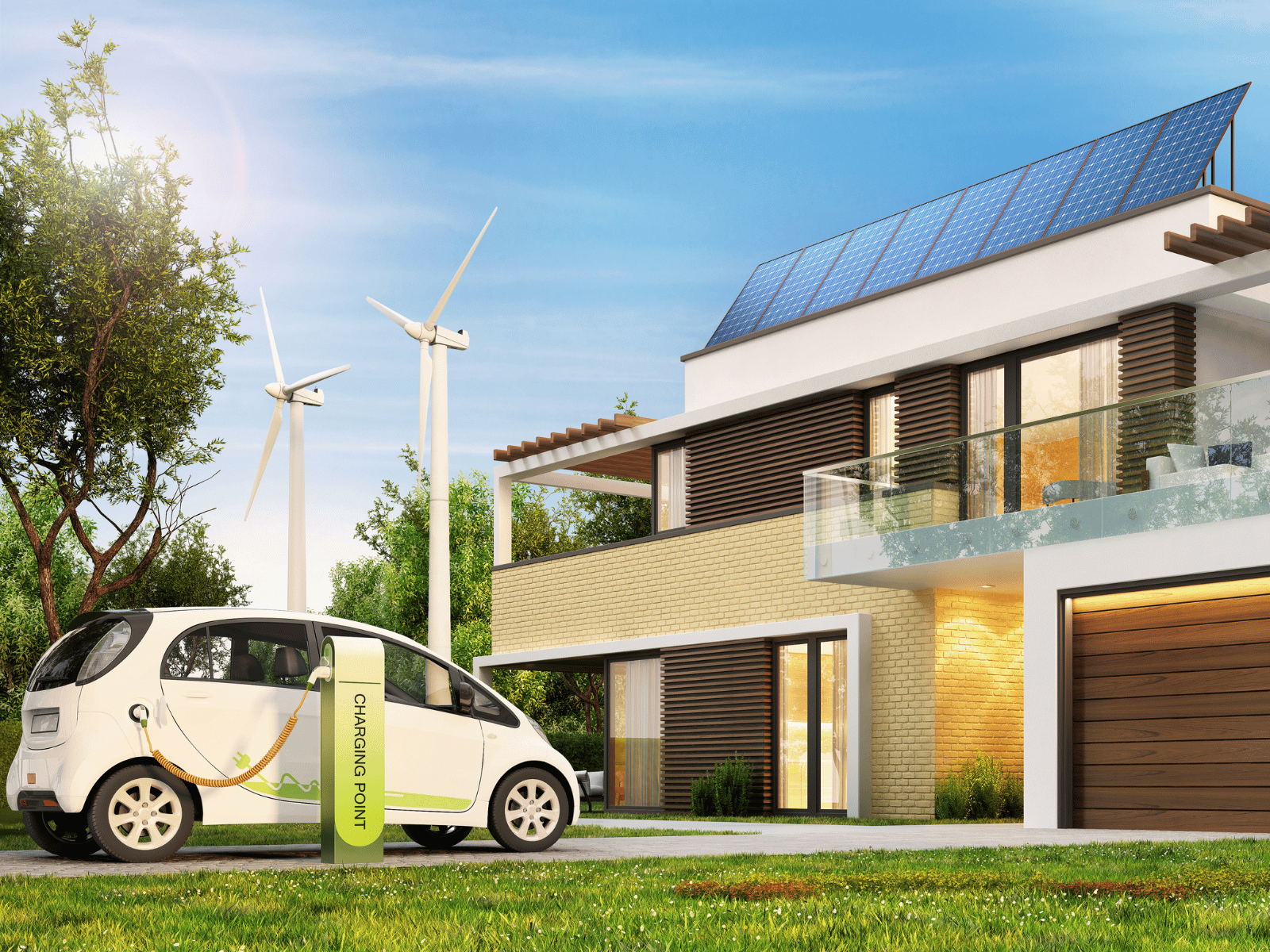Solar panels are an excellent investment, offering clean and sustainable energy for years. However, without proper care, they can be vulnerable to weather, debris, and wildlife damage. By incorporating regular solar panel maintenance into your routine, you can ensure your panels operate efficiently and last for decades. Here are ten practical tips to keep your solar panels in top condition.
Understand Common Threats to Solar Panel Maintenance
Weather Conditions and Natural Hazards
Extreme weather can significantly impact solar panel performance. Hailstorms and strong winds can crack or dislodge panels, while snow accumulation blocks sunlight. To protect against these hazards, ensure your panels are installed at an optimal angle to shed snow, and consider investing in hail-resistant models. Additionally, using weather-resistant mounts and frames can provide extra durability during extreme conditions. Monitoring local weather alerts can help you prepare for potential hazards by covering panels temporarily or reinforcing mounts as needed.
Wildlife and Pest Interference
Birds, squirrels, and other wildlife often find solar panels an attractive spot to nest or hide. This can lead to wire damage or obstructed airflow, reducing efficiency. Using critter guards or mesh barriers is a simple yet effective solution to keep pests at bay. Installing ultrasonic pest repellents around your solar installation area can also deter animals without causing harm. Regularly inspecting your roof for signs of wildlife activity, such as droppings or nesting materials, ensures early intervention.
Best Practices for Solar Panel Maintenance and Protection
Regular Cleaning and Maintenance
Dust, dirt, and debris can block sunlight, reducing your panels’ efficiency. Periodically cleaning your solar panels with water and a soft brush can help maintain peak performance. Consider hiring a professional cleaning service for hard-to-reach installations to avoid accidental damage. More frequent cleanings may be necessary in arid regions with frequent dust storms. Avoid using harsh chemicals or abrasive tools that could damage the protective coating on your panels. Using filtered or distilled water can prevent mineral buildup and streaking during cleaning.
Use of Protective Hardware and Equipment
Installing additional protective features, such as impact-resistant glass or mesh covers, can shield your solar panels from physical damage. These measures are particularly useful in areas prone to hailstorms or falling debris. Consider using anti-reflective coatings on your panels to improve energy absorption while adding an extra layer of protection. Adding edge protectors to panel frames can also reduce the risk of cracking from impacts or stress.

Preventive Measures Against Environmental Damage in Solar Panel Maintenance
Installing Properly in the First Place
Proper installation is the foundation of solar panel longevity. Panels should be securely mounted to withstand strong winds and positioned to optimize sunlight exposure while minimizing environmental threats. Always hire a certified professional to ensure the job is done correctly. Inspections after installation can help identify any weak points or areas that require reinforcement. Installing panels at a slight tilt optimizes energy production and prevents water pooling.
Protecting Against Falling Debris
Overhanging branches can pose a significant risk to your solar panels. Regularly trimming trees around your installation area prevents falling branches from causing cracks or shading your panels, which can hinder efficiency. Using a drone or professional arborist for hard-to-reach areas ensures thorough trimming without risking personal injury. Additionally, installing gutter guards can reduce the likelihood of leaves and small debris accumulating on your panels.
Dealing with Wildlife and Pests in Solar Panel Maintenance
Installing Critter Guards
Critter guards are designed to keep pests like squirrels and birds away from your solar panels. These barriers are easy to install and do not interfere with the panels’ operation, making them a must-have for homeowners in pest-prone areas. Opt for high-quality stainless steel critter guards to ensure durability and resistance to rust. Checking your guards periodically for wear or gaps will maintain their effectiveness.
Regular Inspections to Spot Early Issues
Inspect your solar panels regularly for signs of wildlife interference, such as nests, chew marks, or loose wires. Early detection allows you to address problems before they escalate, saving time and repair costs. Scheduling monthly inspections as part of a routine maintenance plan can prevent minor issues from turning into costly repairs. Using thermal imaging during inspections can also help identify hidden problems, such as overheating components caused by nesting animals.
Conclusion
Solar panel maintenance is essential for protecting your investment and ensuring your system operates efficiently for years to come. By following these tips you can safeguard your panels from damage and wear. Implementing these strategies enhances your panels’ longevity and maximizes your energy savings. Taking a proactive approach to maintenance helps you avoid unexpected downtime and costly repairs, ensuring uninterrupted access to renewable energy.
Start taking steps today to keep your solar panels in top shape and enjoy the benefits of renewable energy without interruption. As you integrate these practices into your maintenance routine, consider consulting with solar experts for personalized advice tailored to your specific installation and local conditions.





